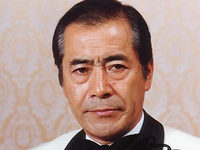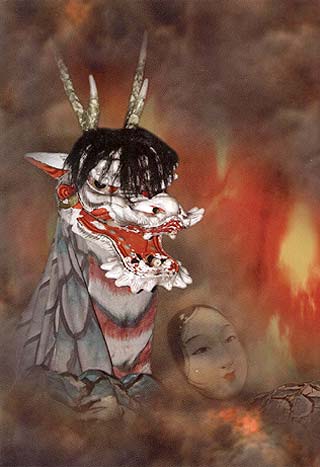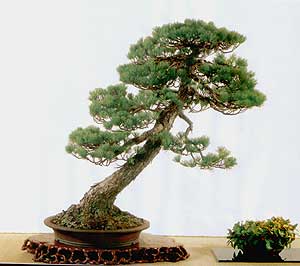Toshiro Mifune
 Here is the scenario for a movie someone should make. If they can get Toshiro Mifune for it, he’d be terrific as the lead:
Here is the scenario for a movie someone should make. If they can get Toshiro Mifune for it, he’d be terrific as the lead:
September, 1945. The war has just ended and Japan is in ruins. A young man, twenty five years old, discharged from the defeated Imperial Air Force leaves the rural air base in Kyushu where he had been stationed. What next? Where should he go? Born and raised in Manchuria, he had never lived in Japan. Although Japanese, he was a stranger in an alien land. His parents were dead, he had no relatives he knew about, no home to return to, no one to take him in. Back in middle school he had helped out around his father’s studio in china, and as a flier he’d done some aerial photography during the war. Maybe he could find work as a photographer in Tokyo.
Making his way to the big city, he finds it a charred ruin, a vast plain of ashes and crumbling buildings. He finds lodging with an old army buddy, and begins looking for work. Photography is not a trade in demand in this devastated wasteland.
Spring, 1946. From another friend in his military outfit, he hears of an opening for an assistant cameraman at a movie studio. The youung man submits an application without much hope; there are hundreds of other applicants.
A month later, he’s called to the studio. Ushered into a room for an interview with a panel of judges, he is asked to laugh. “Laugh? What is this? I came for a job.”
If he wants to audition, he has to laugh, he is told. Somehow his application has been misdirected, and he has found himself auditioning in the studio’s “new faces” talent hunt, one of four thousand applicants.
“I can’t just laugh,” he replies curtly, beginning to get angry. they’re wasting his time and worse, they’re treating him like a fool. The interviewers, impatient with his arrogant stubbornness, dismiss him. But one of them, an elderly white-haired gentleman with a mustache, persuades the other judges to call him back – that sort of seething hostility is just what they should be looking for. Next they ask him to play drunk. Another fellow, tall and younger than the others, wearing a floppy hat, has entered the room to watch the audition.
The young man thinks this is getting a little silly. He doesn’t want to be an actor; he’s here for a real job. But “drunk” is something he knows. There hasn’t been much else to do recently but drink.
He knows what it feels like to be drunk and down-and-out, so why not give it a go? He begins to reel and lurch around the room. He’s still mad at these guys for making a fool of him, so as long as he’s supposed to be drunk, he might as well let them all have it. He shouts and stumbles and launches into an angry tirade. After awhile, feeling a bit sheepish, he eases up, slumps into a chair and glares menacingly at the judges. The judges spend a few moments in whispered discussion. Then they turn to him smiling. “That was just fine – you’re hired.” He is just one of sixteen male actors hired in the talent hunt. He is shortly afterward given a leading role in his first film, and two pictures later, he’s a star.
A romantic daydream? It could only happen in the movies. But it’s true. it would make a great movie, but only if they got Toshiro Mifune to star in it. After all, who – other than Mifune himself – could do justice to The Toshiro Mifune Story?
To fill in a few other key details, the studio is Toho, the white-haired gentleman is Kajiro Yamamoto, one of Toho’s leading directors, and the man in the floppy hat is Akira Kurosawa. He had been working on an adjoining set, and had been called over by several actors to watch the brash young man audition. He was mightily impressed by what he saw, and thus began one of the most fruitful collaborations between an actor and director in cenema.
Remembering their earliest work together, Kurosawa later wrote of Mifune in his autobiography:
Mifune had a kind of talent I had never encountered before in the Japanese film world. It was, above all, the speed with which he expressed himself that was astounding. The ordinary Japanese actor might need ten feet of film to get across an impression; Mifune needed only three. The speed of his movements was such that he said in a single action what took ordinary actors three separate movements to express. He put forth everything directly and boldly, and his sense of timing was the keenest I had ever seen in a Japanese actor. And yet with all his quickness, he also had surprisingly fine sensibilities.
Between 1948 and 1965, Kurosawa cast Toshiro Mifune in leading roles in all but one of the seventeen films he made in that period. Beginning with Drunken Angel (Yoidore tenshi) in 1948, and continuing through such masterpieces as Rashoman (1950), Seven Samurai (Shichinin no samurai, 1954), I Live in Fear (Ikimono no kiroku, 1955), Throne of Blood (Kumonosu-jo, 1957), The Bad Sleep Well (Warui yatsu hodo yoku nemoru, 1960), Yojimbo (1961), High and Low (Tengoku to jigoku, 1963), and Red Beard




